Specifically, the livestream showed images of archaeologists opening a lead box believed to have been placed by students at the foot of a monument nearly two centuries ago, according to the AP news agency.
West Point archaeologist Paul Hudson and West Point Museum curator Michael Diaz carefully lifted the gray tablets out of the box and brushed them off with a brush. However, the objects then crumbled into powder.
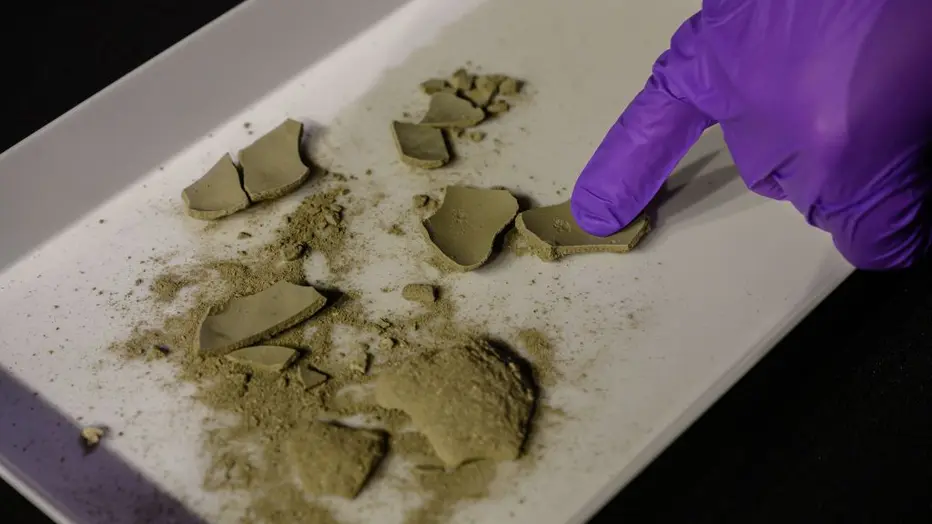
The object inside the box crumbled into powder.
Hudson told The New York Post after the event that he was a little disappointed that he couldn't get the object out. It appeared that moisture had seeped into the box, and there was a chance that residue had gotten inside. Those conditions could have decomposed any organic material inside, such as paper or wood.
The box was discovered in May during restoration work on a monument to Polish historical figure Thaddeus Kosciuszko. This has led to speculation that the box may contain objects that honor Kosciuszko or at least shed light on the lives of cadets in the late 1820s, when the monument was erected.
Mr. Kosciuszko was a Polish military commander. He was also the political leader of the Polish-Lithuanian Commonwealth.
Although it is not yet certain, academy officials believe the box was left by cadets in 1828 or 1829, when the monument was completed.
“We’re going to take all that sediment and sift it through some fine mesh and see if anything comes out of it,” said Hudson.
Source link




![[Photo] National conference to disseminate and implement Resolution No. 66-NQ/TW and Resolution No. 68-NQ/TW of the Politburo](https://vphoto.vietnam.vn/thumb/1200x675/vietnam/resource/IMAGE/2025/5/18/adf666b9303a4213998b395b05234b6a)
![[Photo] Prime Minister Pham Minh Chinh chairs meeting on science and technology development](https://vphoto.vietnam.vn/thumb/1200x675/vietnam/resource/IMAGE/2025/5/17/ae80dd74c384439789b12013c738a045)
![[Photo] More than 17,000 candidates participate in the 2025 SPT Competency Assessment Test of Hanoi National University of Education](https://vphoto.vietnam.vn/thumb/1200x675/vietnam/resource/IMAGE/2025/5/17/e538d9a1636c407cbb211b314e6303fd)



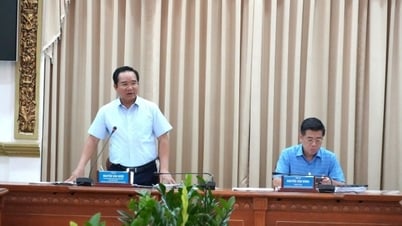


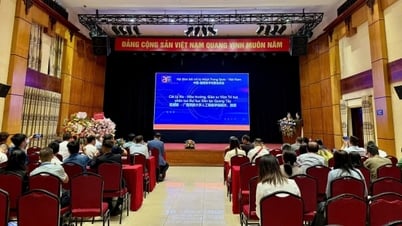







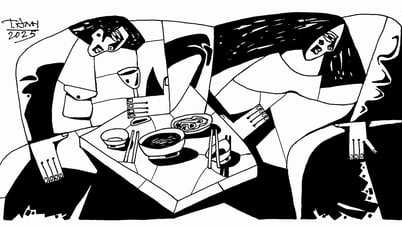


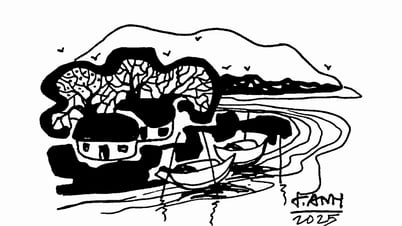
![[Photo] Readers line up to visit the photo exhibition and receive a special publication commemorating the 135th birthday of President Ho Chi Minh at Nhan Dan Newspaper](https://vphoto.vietnam.vn/thumb/1200x675/vietnam/resource/IMAGE/2025/5/17/85b3197fc6bd43e6a9ee4db15101005b)



















































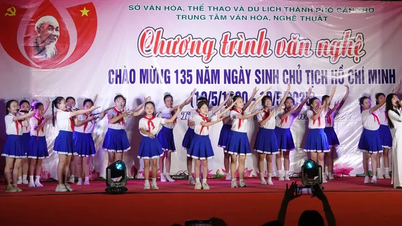


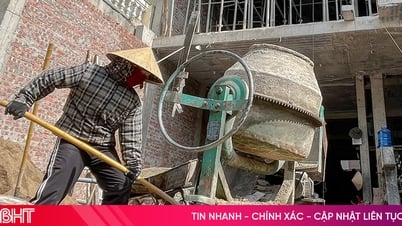













Comment (0)